The Bulgarian split squat, a unilateral lower body exercise, reigns supreme for building strong, sculpted glutes. This exercise challenges your stability and balance while effectively isolating and strengthening your glutes. But here’s the secret: with a slight tweak in form, you can supercharge glute activation!
This article dives deep into the Bulgarian split squat, specifically how to maximize glute engagement. We’ll explore proper form, variations for glute focus, common mistakes to avoid, and answer frequently asked questions.
Table of Contents
ToggleWhy Bulgarian Split Squats for Glutes?
While the Bulgarian split squat works multiple muscle groups, including your quads, core, and hamstrings, it excels at targeting the glutes. Here’s why:
- Unilateral Focus: By working one leg at a time, the Bulgarian split squat eliminates strength imbalances and forces your gluteus maximus (the largest glute muscle) to work harder to stabilize and extend the hip.
- Hip Hinge Pattern: The hinging motion in the Bulgarian split squat mimics everyday activities like bending over and picking something up. This hip hinge pattern heavily relies on glute strength.
Mastering the Basic Bulgarian Split Squat
Before we dive into glute-focused variations, let’s nail the basic Bulgarian split squat:
What you’ll need:
- A sturdy bench or chair
Steps:
- Find your stance: Stand about a hip-width distance away from the bench.
- Position your front leg: Step forward with one leg and place your entire foot flat on the floor.
- Extend your back leg: Rest the top of your other foot (shoelaces or toes) on the bench behind you. Keep your back leg straight with a slight knee bend for stability.
- Engage your core: Brace your core by drawing your belly button in towards your spine. Maintain a neutral spine with a slight arch in your lower back throughout the movement.
- Hinge at the hips: Lean your torso forward slightly, keeping your chest up and shoulders back. Imagine your torso and front leg as a unit moving together.
- Lower down: Descend by bending your front knee and lowering your hips towards the ground. Aim for a deep squat where your front thigh is nearly parallel to the floor.
- Push through your front heel: Press through your front heel to drive yourself back up to the starting position. Squeeze your glutes at the top.
- Repeat: Complete all your desired repetitions on one leg before switching to the other side.
Pro Tip: Maintain a slight forward lean throughout the movement to emphasize glute activation.
Glute-Focused Variations
Now that you’ve mastered the basic form, let’s explore variations that further intensify glute engagement:
- Wider Stance: Step a little further forward with your front leg, creating a wider stance. This increases hip flexion and glute recruitment.
- Dumbbell Variation: Hold a dumbbell in each hand by your sides for added weight and glute challenge.
- Elevated Front Foot: Place a weight plate or small block under the ball of your front foot. This elevates the heel and shifts more emphasis to the glutes.
Common Mistakes to Avoid
- Knee Caving: Ensure your knees track over your toes throughout the movement to prevent knee strain.
- Rounding Your Back: Maintain a neutral spine with a slight arch in your lower back. Avoid hunching or rounding your shoulders.
- Shortened Range of Motion: Don’t cheat yourself! Descend deep enough to feel a stretch in your glutes at the bottom.
- Incorrect Foot Placement on Bench: The top of your foot, either shoelaces or toes, should rest comfortably on the bench. Avoid placing your entire foot on the bench.

10 FAQs on Bulgarian Split Squats
- How many reps and sets should I perform? Beginners can start with 2-3 sets of 8-12 repetitions per leg. Gradually increase weight, reps, or sets as you progress.
- Can I do Bulgarian split squats without a bench? Absolutely! Simply find a sturdy surface of similar height, like a chair or step, to rest your back leg on.
- Should I feel pain in my knees? No! Pain is a sign of improper form. Stop the exercise and adjust your technique if you experience knee pain.
- Are Bulgarian split squats bad for my knees? When performed with proper form, Bulgarian split squats are a safe and effective exercise for most people.
- Can I use weights with Bulgarian split squats?
Yes! Dumbbells, kettlebells, or a barbell can be added for increased challenge. However, prioritize proper form over heavy weights.
- What are some good alternatives to Bulgarian split squats?
If you have knee limitations or find Bulgarian split squats challenging, consider these alternatives: More Exercise Tips
- Glute bridges: Excellent for glute isolation and core engagement.
- Romanian deadlifts: Target your hamstrings and glutes with this hinge pattern exercise.
- Lunges: A classic exercise that works your glutes, quads, and core.
- How often should I perform Bulgarian split squats?
Incorporate Bulgarian split squats into your lower body routine 2-3 times per week, allowing for rest and recovery between workouts.
- Can Bulgarian split squats help me lose weight?
Bulgarian split squats are a great exercise for building muscle, which can boost your metabolism and aid in weight loss. However, for significant weight loss, combine this exercise with a healthy diet and cardio.
- I don’t feel my glutes working. What am I doing wrong?
Here are some reasons you might not be feeling glute activation:
- Incorrect form: Ensure you’re hinging at the hips and maintaining a slight forward lean.
- Not going deep enough: Descend until your front thigh is nearly parallel to the floor.
- Weight too heavy: Focus on proper form before increasing weight.
- Weak mind-muscle connection: Squeeze your glutes at the top of each repetition to solidify the mind-muscle connection.
- Can Bulgarian split squats help with hip pain?
While Bulgarian split squats can strengthen the muscles that support your hips, they might not be suitable if you have existing hip pain. Consult a healthcare professional before performing this exercise if you have any concerns.
Conclusion
The Bulgarian split squat is a versatile exercise that sculpts and strengthens your glutes while improving balance and stability. By incorporating variations and focusing on proper form, you can maximize glute activation and achieve your fitness goals. Remember, consistency is key! Make Bulgarian split squats a regular part of your lower body routine and witness the glute-sculpting magic!


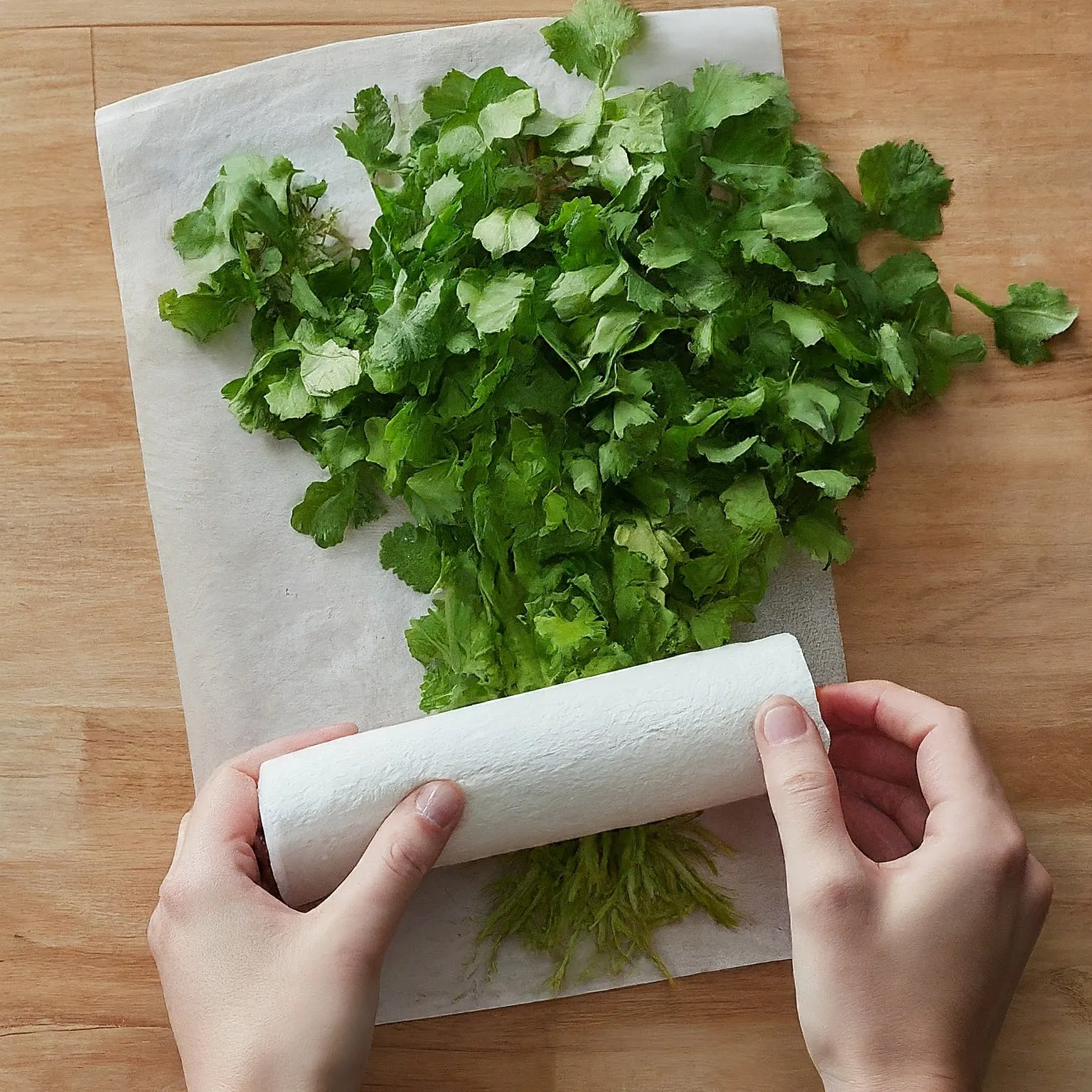
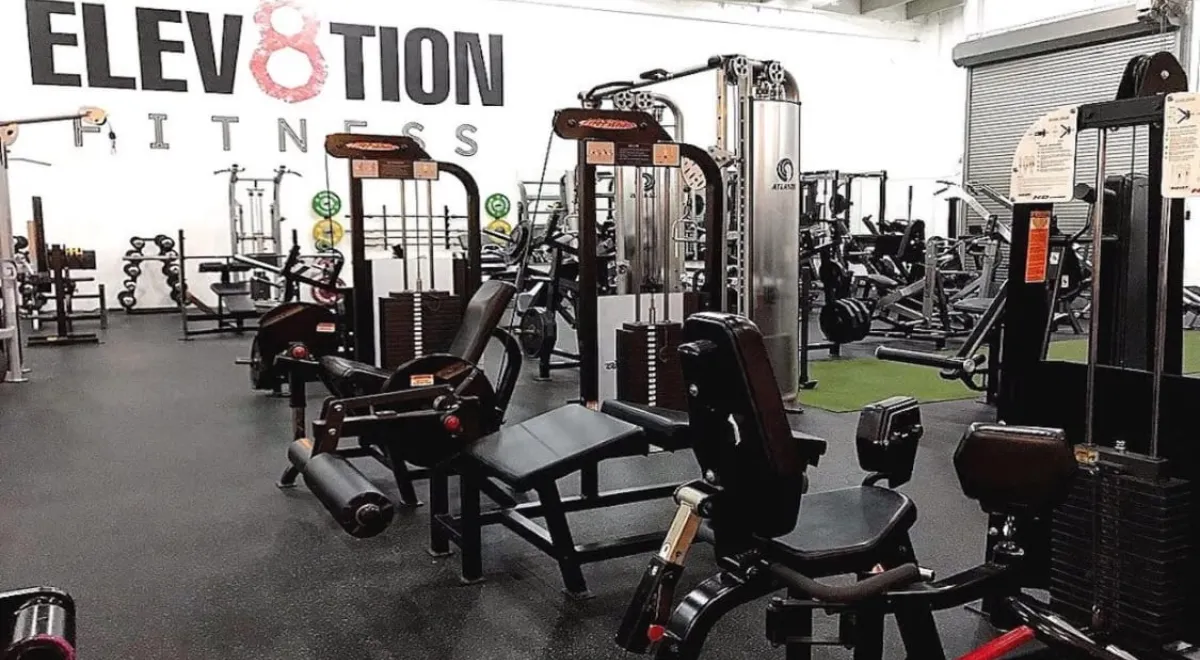

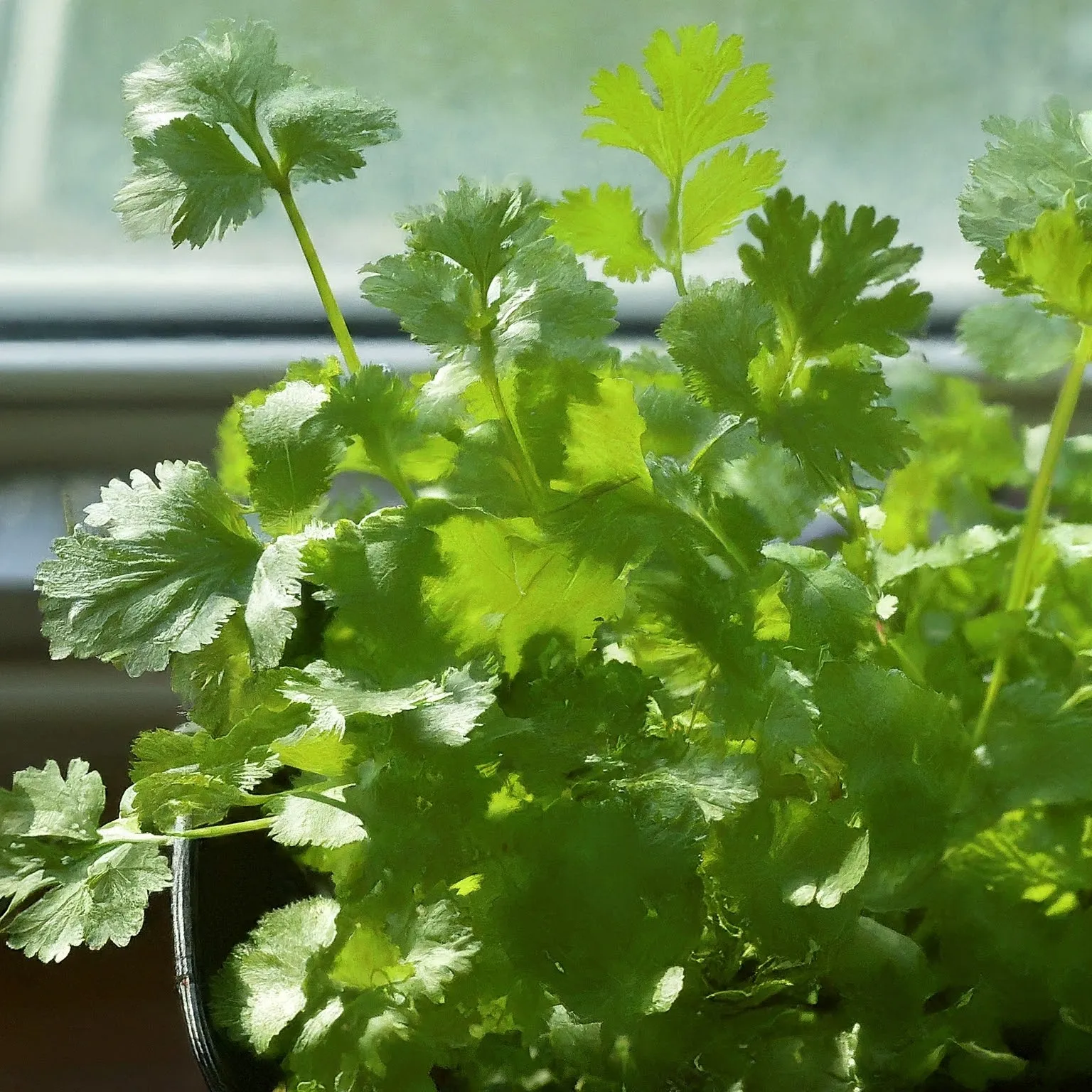

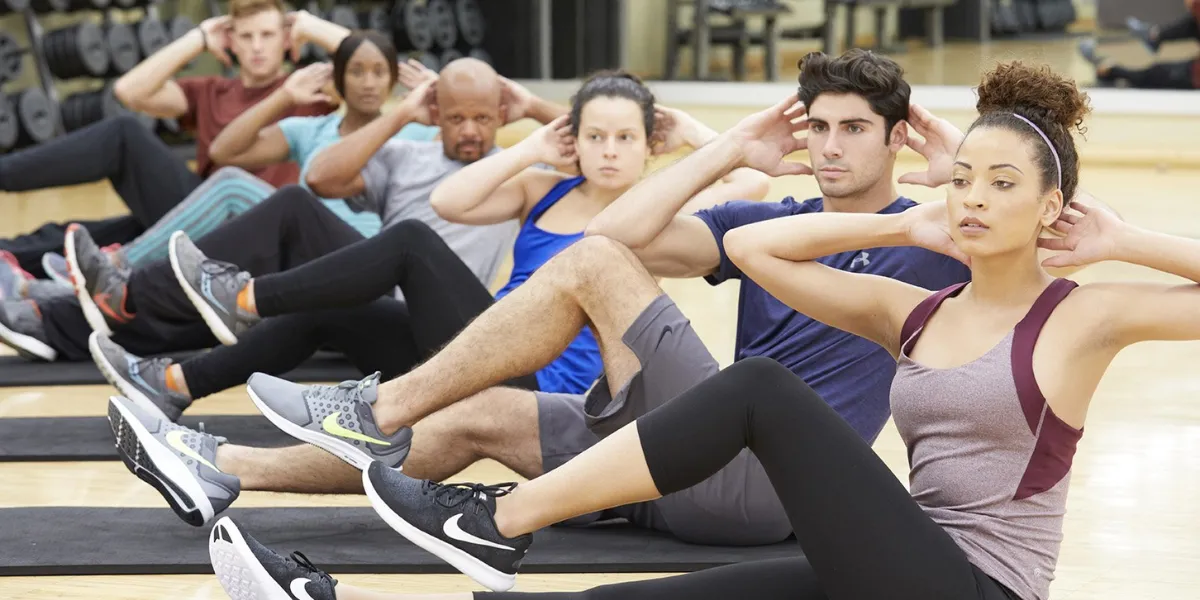

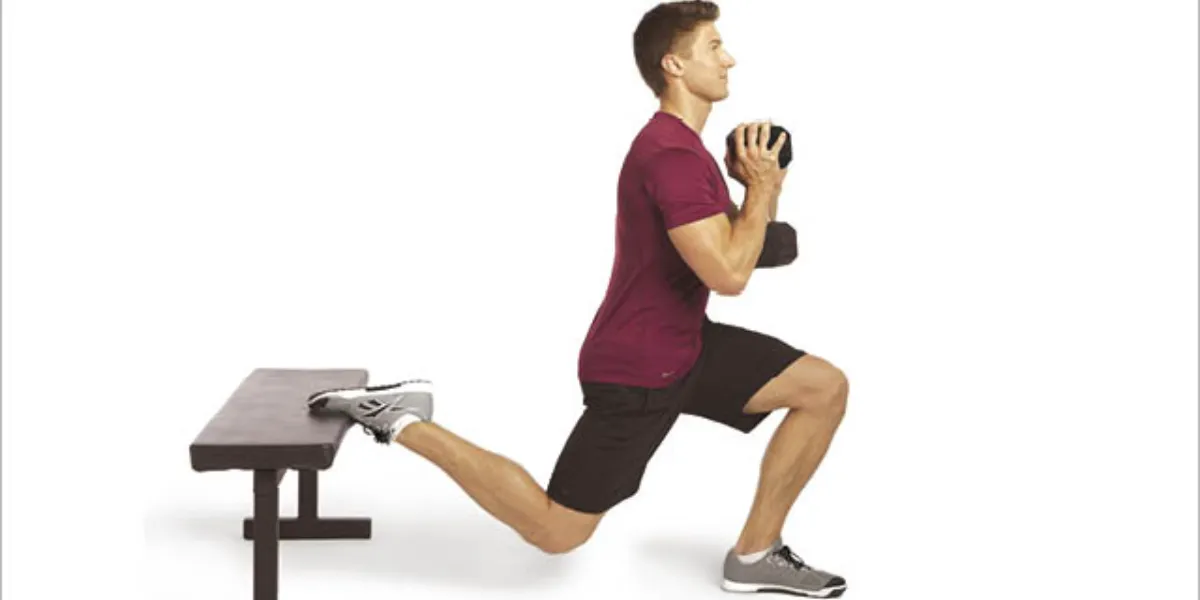
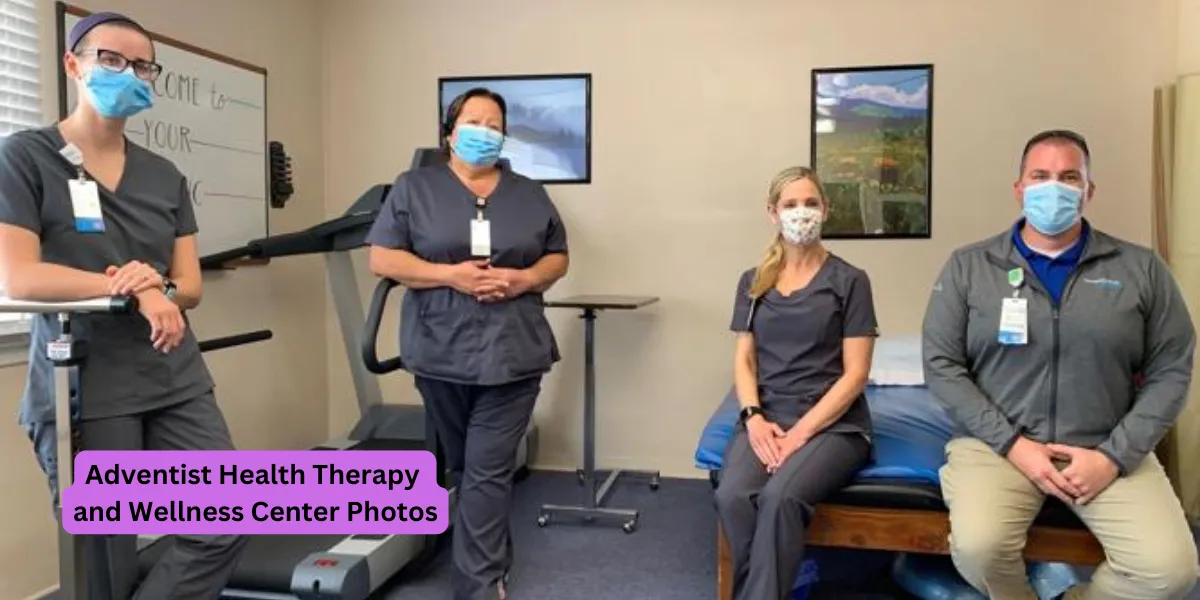
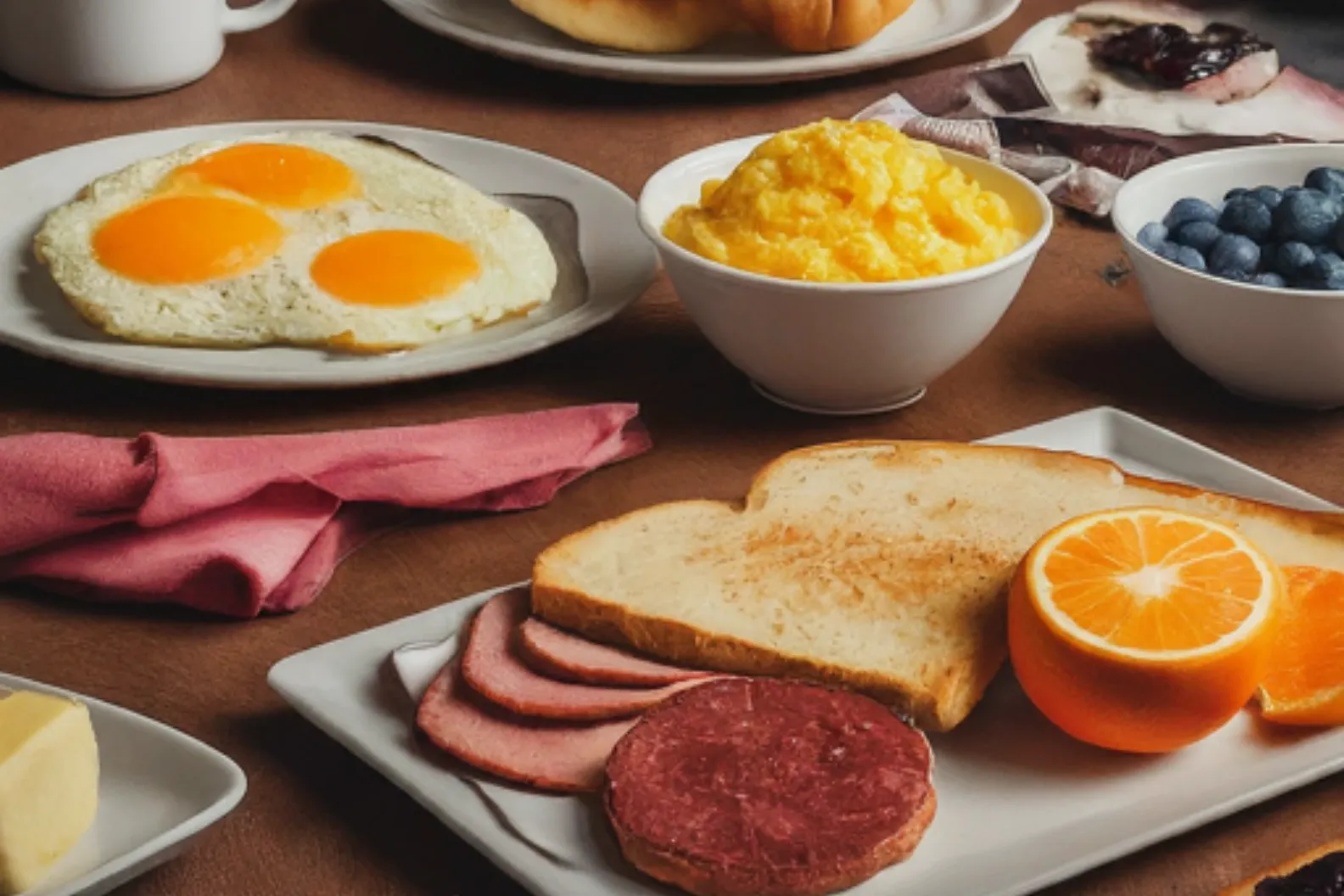


One Response